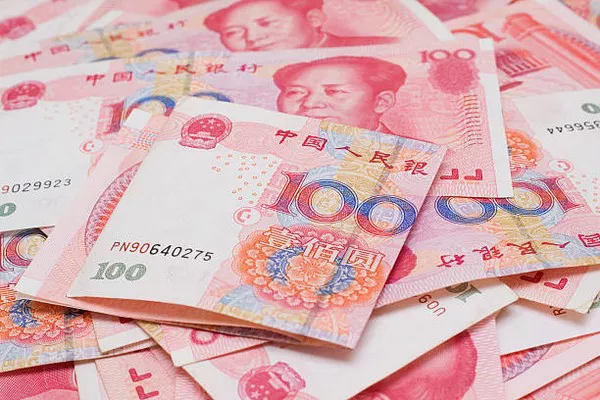The Chinese Renminbi (RMB), also known as the Yuan, has been a topic of significant interest and debate in the realm of international finance. One key question that often arises is whether the RMB can be considered a floating currency. A floating currency is one whose value is determined by market forces of supply and demand, without direct intervention from the government or central bank. In the case of the RMB, the answer is not straightforward, as China has implemented a managed float system. This article explores the intricacies of China’s exchange rate regime, shedding light on whether the RMB can be truly classified as a floating currency.
The Managed Float System:
China’s exchange rate regime has evolved over the years, and the current system in place is often referred to as a managed float or a managed exchange rate system. This implies that while the RMB’s value is influenced by market forces, the People’s Bank of China (PBOC) retains the authority to intervene in the foreign exchange market to maintain stability and prevent excessive volatility.
The PBOC sets a daily reference rate for the RMB against a basket of currencies, known as the China Foreign Exchange Trade System (CFETS) basket. The RMB is then allowed to fluctuate within a certain band around this central parity rate. This band is expressed as a percentage deviation from the central parity rate and is a key tool for managing the currency’s value.
Capital Controls:
One crucial aspect that distinguishes the RMB from fully floating currencies is China’s imposition of capital controls. Capital controls are measures implemented by a government to regulate the flow of capital in and out of the country. China has historically maintained strict capital controls to manage its domestic economy and stabilize its financial system.
These controls restrict the ability of individuals and businesses to freely convert RMB into foreign currencies and vice versa. While China has gradually relaxed some of these controls in recent years, the presence of such measures underscores the managed nature of the RMB’s exchange rate.
The Currency Basket:
Unlike many other floating currencies that are primarily influenced by the US dollar, the RMB’s value is linked to a basket of currencies. This basket includes major global currencies, such as the US dollar, the euro, the Japanese yen, and others. The composition of the basket is periodically adjusted by the Chinese authorities to reflect changes in global trade and economic conditions.
This linkage to a basket of currencies provides China with a degree of independence from the fluctuations of any single currency, such as the US dollar. It allows the RMB to be influenced by a broader set of economic factors, aligning with China’s goal of diversifying its foreign exchange reserves.
Global Implications:
The classification of the RMB as a managed float has global implications. Critics argue that China’s exchange rate policies, including interventions and capital controls, give the country an unfair advantage in international trade by keeping its exports competitively priced. This has been a point of contention in trade discussions between China and its major trading partners, particularly the United States.
On the other hand, proponents of China’s approach argue that a completely floating currency could expose the country to excessive volatility, given its status as the world’s second-largest economy. They contend that a managed float allows China to maintain stability and gradually open up its financial markets without jeopardizing economic security.
Recent Developments:
In recent years, China has taken steps to internationalize the RMB and enhance its role in the global financial system. The inclusion of the RMB in the International Monetary Fund’s (IMF) Special Drawing Rights (SDR) basket in 2016 marked a significant milestone, signaling the currency’s growing importance on the international stage.
Furthermore, China has been promoting the use of the RMB in international trade and investment, signing currency swap agreements with various countries and establishing offshore RMB clearing centers. These initiatives are aimed at reducing the reliance on the US dollar in global transactions and fostering the RMB’s acceptance as a global reserve currency.
Conclusion:
In conclusion, while the RMB exhibits characteristics of a managed float, it cannot be categorized as a fully floating currency. China’s exchange rate regime, capital controls, and the linkage to a currency basket all contribute to the managed nature of the RMB. As China continues to navigate the complexities of its exchange rate policies, the global community closely watches the evolution of the RMB’s status and its impact on international trade and finance.


